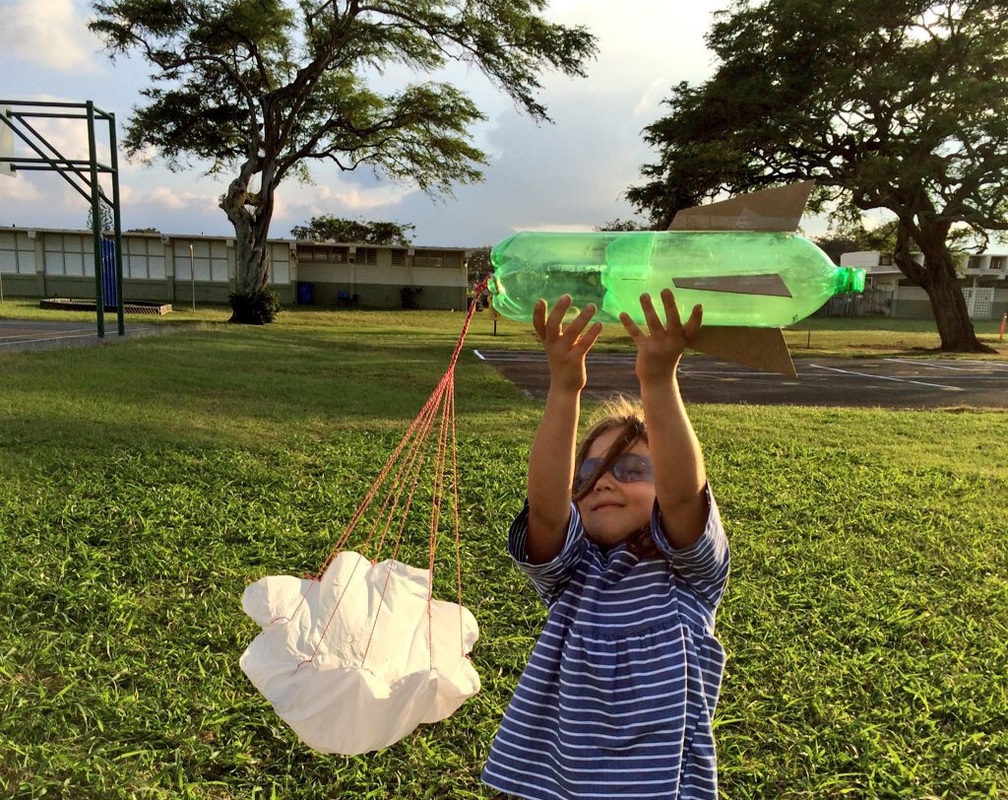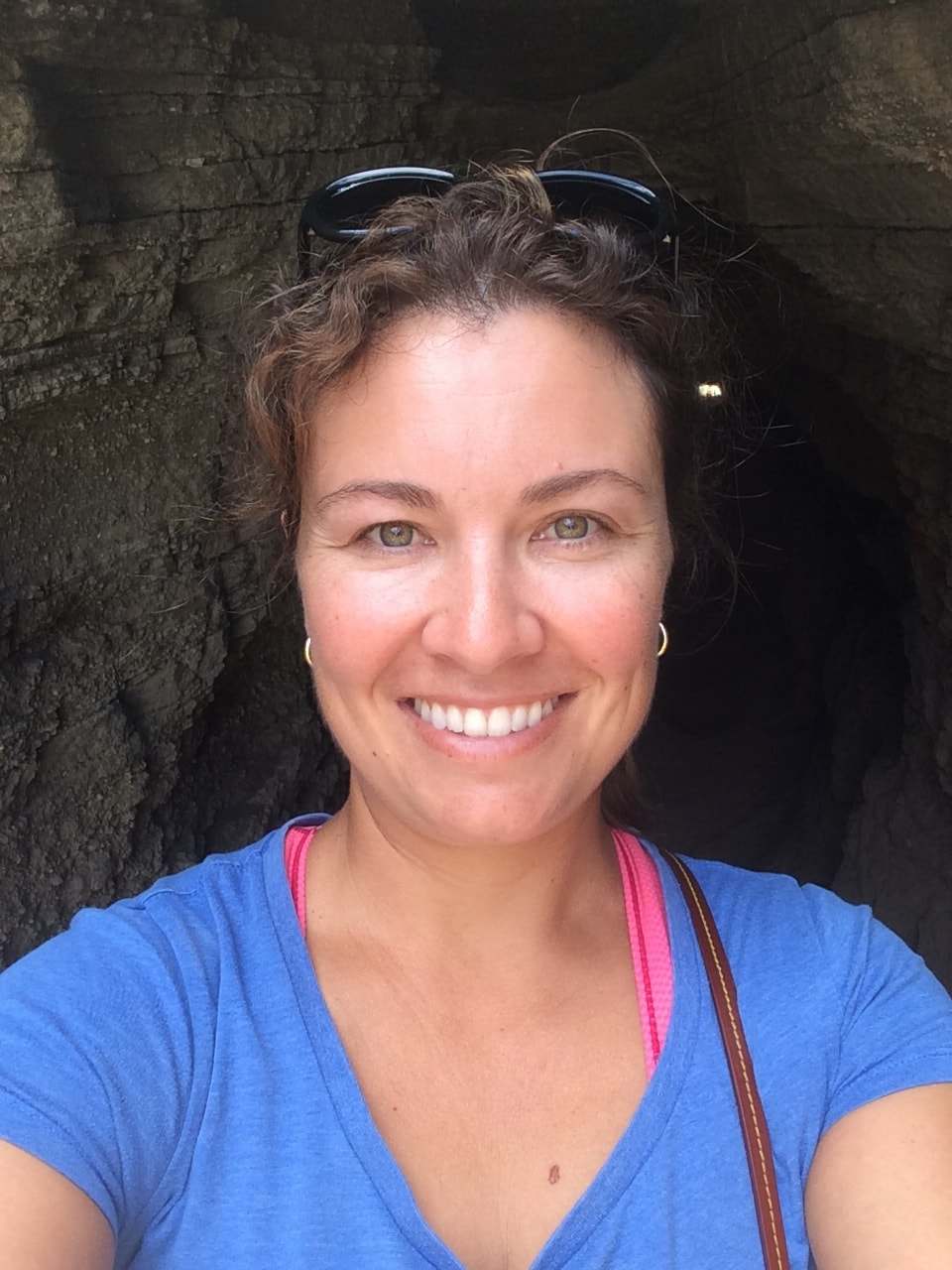 Good heavens, where have I been the last 5 months? Yesterday it was the New Year and now 2016 is nearly halfway finished! Truth is, I've been very busy with an after-school science club that I started at my children's elementary school. It was an idea that I had last autumn. Wouldn't it be cool to get a bunch of kids who like science together so they can talk and play and experiment with projects that have nothing to do with grades or standardized tests? Of course, I had no idea how to lead such a group. I'm not a teacher. The only thing that makes me feel comfortable about talking in front of groups is when I'm really excited about something I've just learned. But usually, that something relates to science, so set aside my shyness and teamed up with a 4th grade teacher at the school. (Hi Mrs. Caras!) She handled all the fundamental class-wrangling stuff with her Scary Teacher Voice. I focused on finding stuff for us to do: Building water-propelled rockets, building toothbrush robots, building pasta towers, dissecting simple machines, designing Rube Goldberg machines. It was a LOT of work, but it was also really fun. Last month I saw an essay, "Why Science Fairs are an Exercise in Privilege," written by Carl Zimmer, whose work I've frequently enjoyed on RadioLab. Basically, he describes helping his daughter enter a science fair, but feeling just a little guilty about the outcome (her project won an award) because he knew that his special connections through his job as a top-tier science writer had paved her way. Science fairs are big deal here in Hawaii. In fact, they're the biggest deal as far as science-focused kid activities are concerned. The Hawaii Academy of Sciences, a nonprofit group of doctors and researchers, throws almost all its public education efforts in this direction. However, science fairs aren't open to kids younger than 6th grade, so a huge chunk of the local population has very little opportunity to just play around with science. Zimmer felt guilty about the disparity he saw in science fairs, but he didn't offer a solution. I have one: Zimmer should start an after-school science club! And don't do it at some pricey private school. Do it at a public school in a neighborhood nearby. It's easy. You already have an idea of what you can do because you're writing articles about this stuff: Giant viruses, forensic archaeology (with 5,300-year-old frozen bodies). Sure, it takes a little work and creativity to figure out how you can translate that story, that lesson, into an activity for 4th graders. I've learned this year that simple activities work best, and the kids absolutely love it. Because the kids love it, I love it, too. Anyone could do this. It's not about giving them all the answers. It's about figuring out the cool questions and then exploring those questions with the kids. Just give them some materials -- paper and pens, simple kits, corn starch and water -- and let them figure it out on their own. Let them design their own experiments, run the test, see what worked and what went wrong, and do it all over again. That's how science is supposed to work. Photo and text copyright held by Brittany Moya del Pino, all rights reserved. (2021)
0 Comments
Your comment will be posted after it is approved.
Leave a Reply. |
AuthorI write about curious phenomena around us. I also write about people who are passionate about their careers, hobbies, or life experiences related to science. This blog chronicles my journey. Archives
May 2021
Categories©Brittany Moya del Pino 2021. All rights reserved.
|

 RSS Feed
RSS Feed